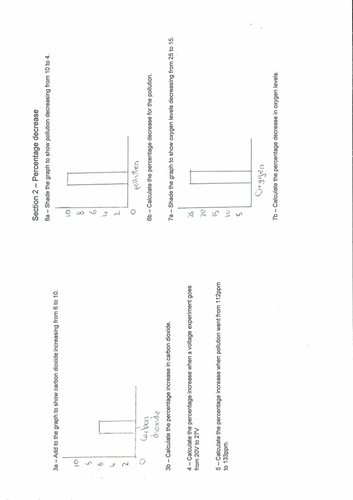Chemladdie's Science Resources
Resources that have been written by an experienced science teacher and delivered to real classrooms full of real students. All students are different and all teaching styles are different - what suits you may not suit another so feel free to adapt and change the resources to make them fit your style. I work in a school where money is tight so it is necessary to use a good deal of imagination.



